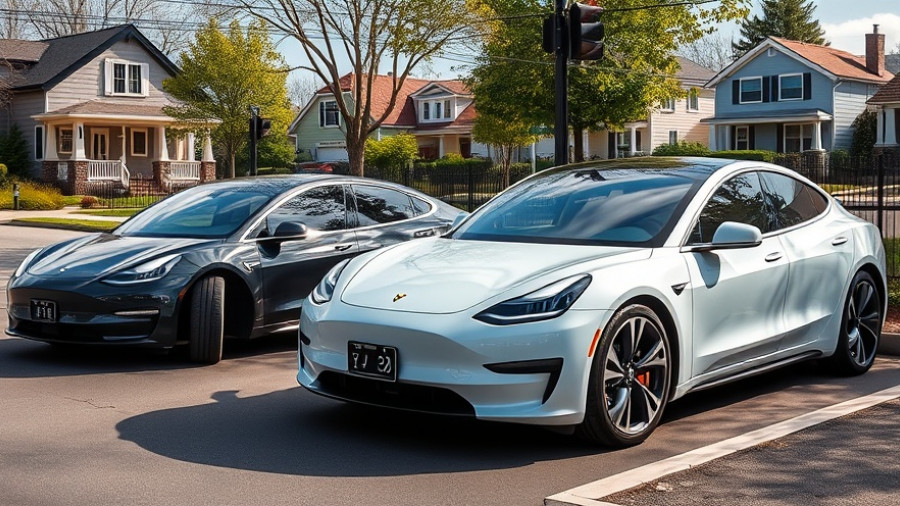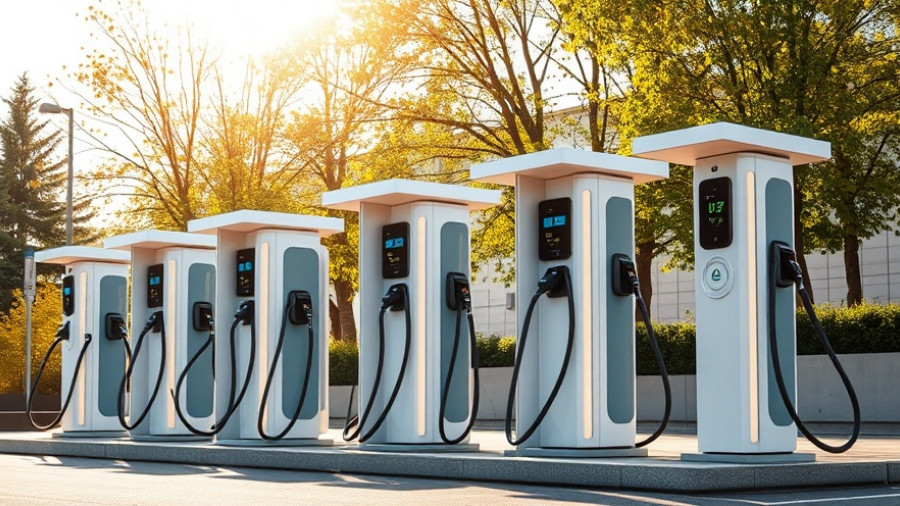
Discovering the Enhanced Dacia Spring: A New Era of Electric Mobility
Dacia is stepping into the future of electric vehicles (EVs) with the unveiling of its updated Spring model, emphasizing both performance and accessibility for the eco-conscious consumer. With the introduction of a Lithium Iron Phosphate (LFP) battery and enhanced drive systems, the Spring aims to attract a broader audience seeking both affordability and functionality in the electric vehicle sector.
Power Up: A Shift to Enhanced Performance
One of the most significant changes in the new Dacia Spring is the upgrade to its drive system. Previously equipped with 33 kW and 48 kW options, Dacia now offers two new power levels: 52 kW and 75 kW. This shift results in impressive acceleration improvements, particularly the base model achieving 0 to 100 km/h in just 10.3 seconds, a massive leap from its predecessor’s sluggish performance. The top-tier configuration can hit this speed in a thrilling 6.9 seconds, marking a substantial increase in the model's usability for motorway travel.
Range and Charging Innovations: A Sustainable Leap Forward
Despite the significant enhancements in acceleration and overall performance, the range of the new Dacia Spring remains at a modest 225 kilometers. However, the update includes a substantial increase in charging capabilities. The maximum DC charging power has increased from 30 kW to 40 kW, allowing the vehicle to charge from 20 to 80 percent in just under 30 minutes. Moreover, the inclusion of the new LFP battery not only optimizes charging time—down to 3 hours and 20 minutes for a full charge—but also enhances safety and longevity, making it a sustainable choice for users.
The Kei Car Concept: Shaping the Future of Affordable Electric Mobility
Alongside the revamped Spring, Dacia introduced a concept car, the 'Hipster,' which embodies the principles of affordability and functionality. This three-meter-long vehicle is a modern interpretation of Japan's kei cars, designed to be compact yet spacious. The Hipster aims to showcase what a 'people's electric car' can look like, minimizing unnecessary technological complications while maximizing everyday usability.
Future Trends: The Growing Demand for Affordable Electric Vehicles
Dacia's commitment to affordability is reinforced by industry trends that signal a strong demand for accessible electric vehicles. Many consumers are seeking budget-friendly options that do not compromise on quality or performance. As more manufacturers enter the EV market with competitive offerings, Dacia's strategy is to maintain its place as a leading player in affordable e-mobility.
Act Now: Embrace the Future of Sustainable Transportation
The Dacia Spring and the innovative concept of the Hipster present exciting opportunities for those interested in sustainable transportation. As electric mobility becomes increasingly important in our daily lives, considering options like the Dacia Spring can greatly contribute to reducing one’s carbon footprint while enjoying the benefits of a modern electric vehicle. Don’t miss out on being part of this transformative movement; explore how integrating an electric vehicle into your lifestyle can enhance not only your transportation experience but also your commitment to sustainability.
 Add Row
Add Row  Add
Add 



Write A Comment